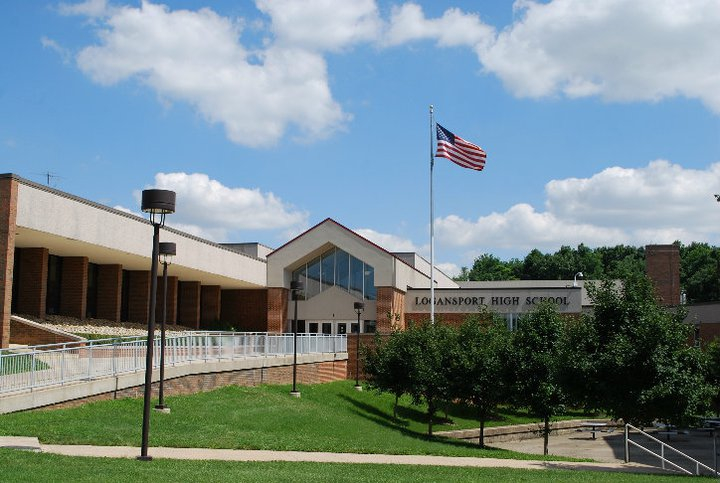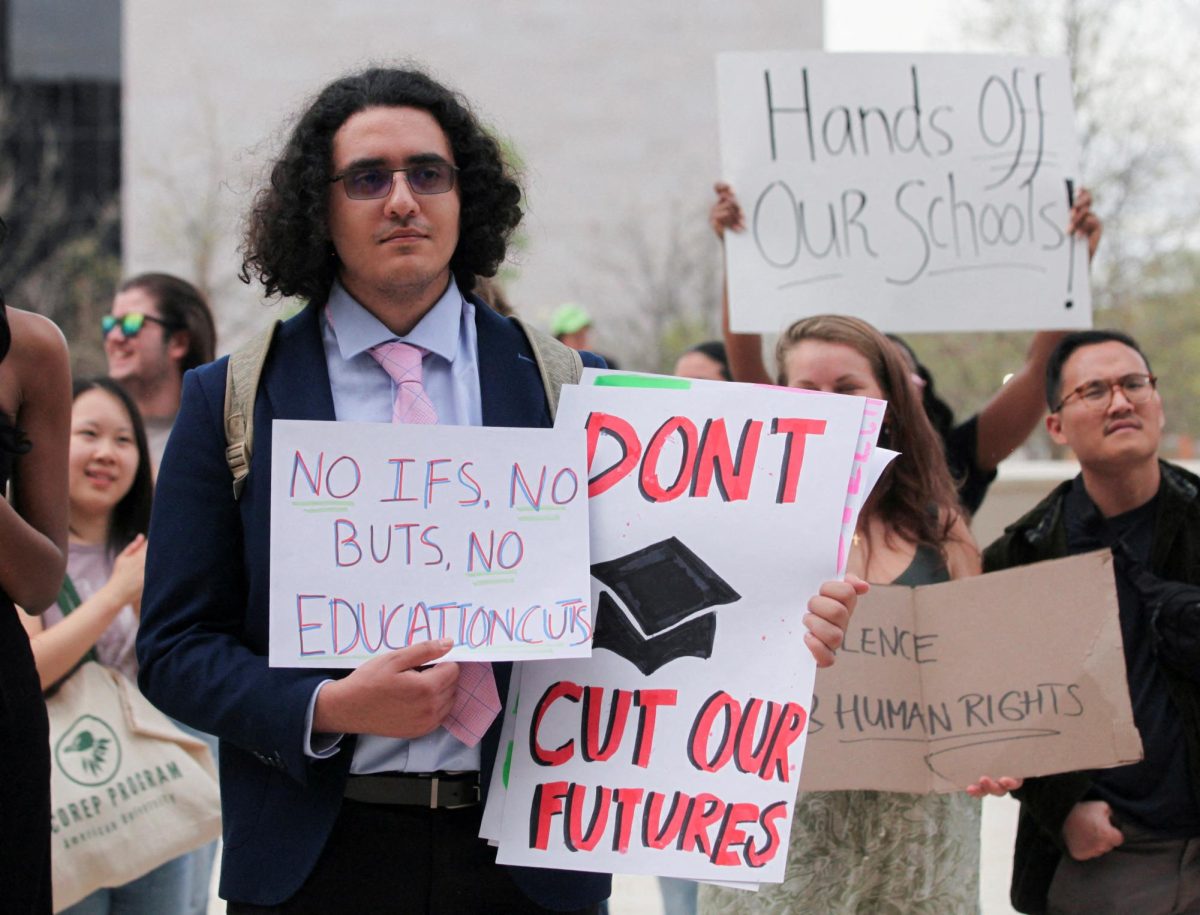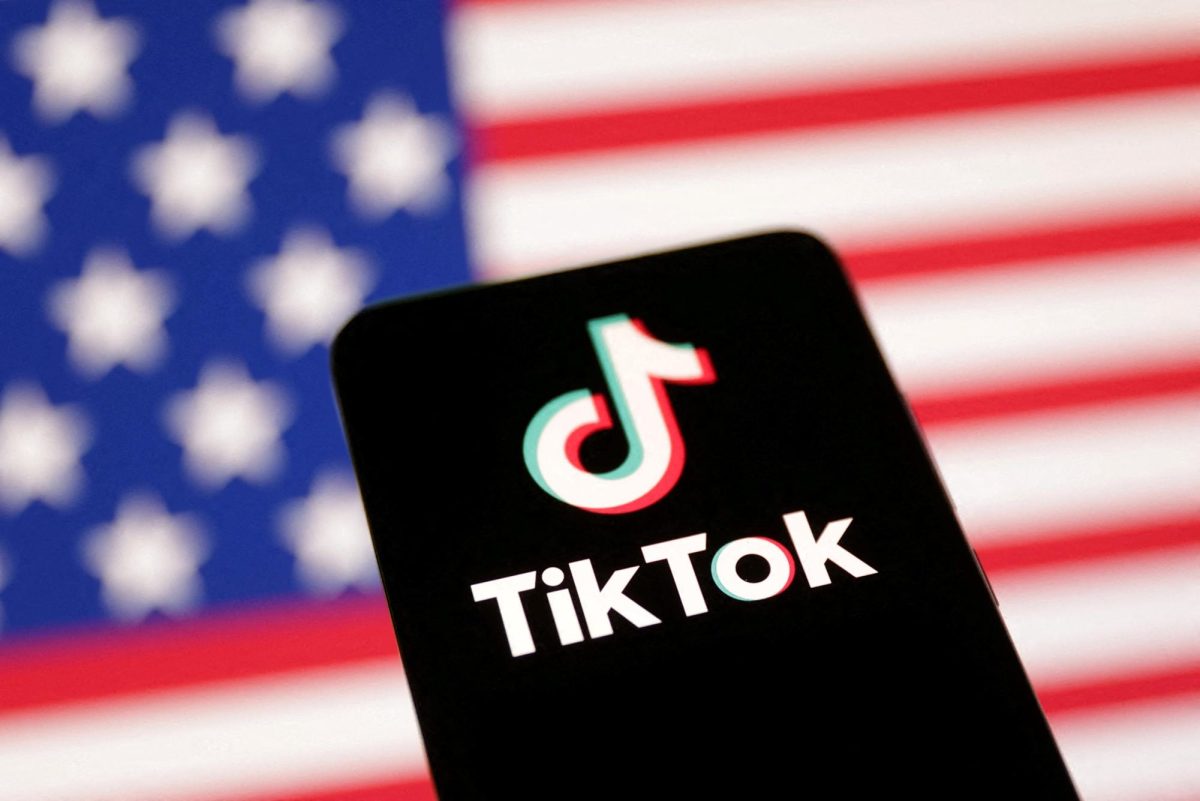This article is the second part in a three-part series that explores the continuing effects of COVID-19 on education. Also, check out “The Devastating Effects of COVID-19” (Jan. 11) and “Podcast: COVID-19 Changed Schools Fundamentally” (Jan. 15).
As the world continues to grapple with the ramifications of the COVID-19 pandemic, which wreaked havoc across the globe and impacted virtually every facet of human life, one of the most profoundly affected sectors has been education. The disruption caused by widespread lockdowns, remote learning and school closures has brought in a new era for education, one marked by previously unknown challenges.
The immediate effects of the pandemic on education were evident, abrupt transitions to online learning, the exacerbation of existing educational inequalities, and profound disruptions to the social and emotional well-being of students. However, what remains less discussed are the long-term effects this crisis has imprinted on education that students, teachers and educational institutions are now grappling with the aftermath of.
The pandemic didn’t merely force the adoption of remote learning, it unearthed systemic disparities. Students from marginalized communities faced increased barriers to accessing education, deepening pre-existing educational inequalities. For example, in math achievement, there was a reported standard .20 deviation from pre-pandemic trajectories, but for Hispanic students, the average was .32 and for Black students .45. Translating into an average of four months in reading and four and half months in math to catch back up to pre-COVID levels, while middle schoolers will need an extra nine and seven months.
Moreover, the social interaction of education, encompassing student interactions, extracurricular activities, and the emotional support of teachers and classmates underwent a seismic shift. While technology served as a means of continuing education, it couldn’t fully replace in-person interactions between students. The lack of in-person engagement disrupted not just academic learning but also the social development crucial for student’s growth.
The average screen time of individuals between the ages of 12 and 18 rose 110 minutes per day after the pandemic. Previous research has linked excessive screen time with poor mental health and physical health. Depression and anxiety rose by 30% and 15% respectively. While behaviors of social withdrawal, self-isolation, lethargy and irrational fear all also rose. The absence of physical classrooms has led to social and emotional challenges, challenging the mental well-being of students.
It is crucial to address the long-term repercussions COVID-19 has on education. Policymakers must prioritize closing the education inequality and digital divide. Furthermore, initiatives aimed at providing mental health support and promoting emotional well-being within education settings are equally crucial.
The pandemic’s impact on education serves as a wake-up call, urging people to re-evaluate priorities, innovate and create a more adaptable and resilient education system. The lessons learned from this crisis should not be forgotten but utilized to build a more robust and equal education system that prepares students.








